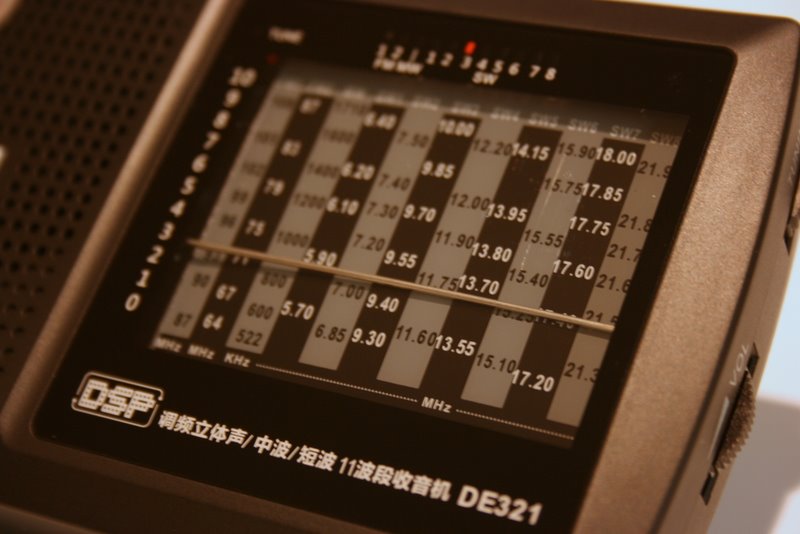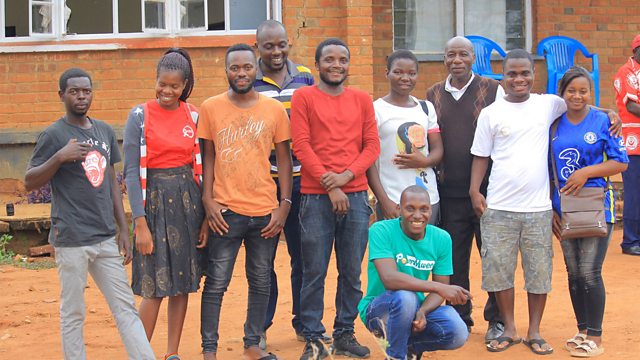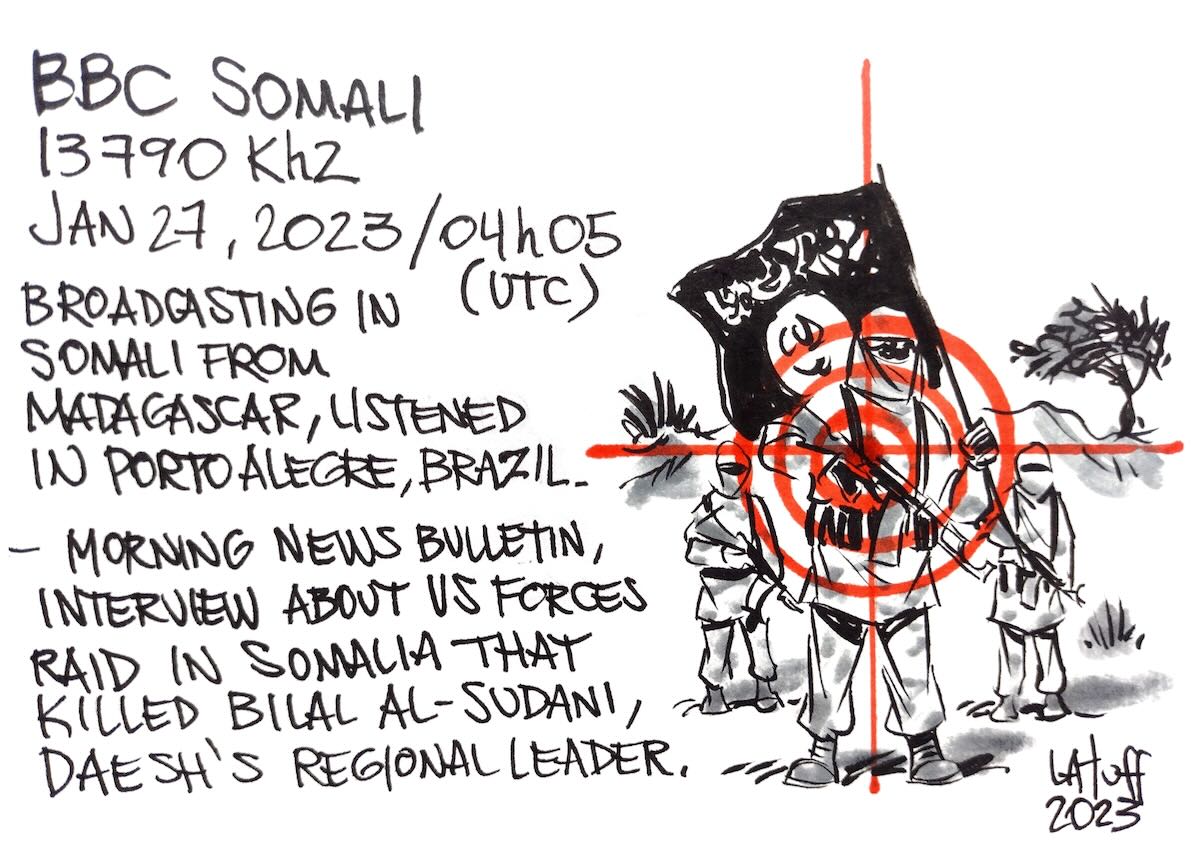 Many thanks to SWLing Post contributor, Gary (W4EEY), who shares a link the following archived documentary on the BBC World Service from 1982:
Many thanks to SWLing Post contributor, Gary (W4EEY), who shares a link the following archived documentary on the BBC World Service from 1982:
Tag Archives: BBC World Service
Radio Documentary: World Wide Waves ’24
World Wide Waves ’24 – The Documentary (BBC World Service)
Radio can be a lifeline for women: a place to speak out in safety; a place to find their voices. We hear from women taking to the air and making waves in the cracks left by the Taliban in Afghanistan; in Fiji’s scattered archipelago threatened by climate change; in the migrant farmworker community of the Yakima Valley in North America’s Pacific north-west; and in the Ecuadorean Amazon, where indigenous women are coming together to save their land from pollution and destruction by oil companies. A feast of women’s voices from around the world: open, brave, joyful, and full of life and music.
Click here to listen to World Wide Waves ’24 on the BBC website.
BBC World Service Documentary: “World Wide Waves ’23: The sounds of community radio”
In celebration of the upcoming World Radio Day 2023, our friend David Goren has produced another amazing World Wide Waves episode with Maria Margaronis presenting. You can listen live, but the audio will also be linked to The Documentary website once it has aired:
World Wide Waves ’23: The sounds of community radio (BBC World Service)
The Documentary
For World Radio Day, we celebrate four vibrant community radio stations on four continents, tuning in to their sounds, their music, and their missions. Northern Malawi’s Rumphi FM supports the Tumbuka tribe while giving young women a space to speak out against early marriage and for education.
From Budapest, Radio Dikh broadcasts “about the Roma, but not just for the Roma,” presenting Romany culture in its own distinctive voice.
In Nunavik, Northern Quebec, Inuit radio beams Inuktitut music and talk to 14 remote villages, helping to keep an ancient language and threatened tradition alive.
And in civil-war-torn Myanmar, brave journalists risk their lives to resist the military dictatorship with news and views sent out from portable transmitters, sometimes under fire.
Presenter: Maria Margaronis
Producer: David Goren
Carlos’ Shortwave Art and recording of BBC World Service (Jan 27, 2023)
Many thanks to SWLing Post contributor and noted political cartoonist, Carlos Latuff, who shares his radio log art of a recent broadcast from the BBC World Service (Somali Language Service).
Carlos’ goal is to vividly illustrate the broadcaster’s message in his own unique artistic style and is not a reflection of his own beliefs or those of the SWLing Post. His objective is for his artwork to add historical context and put a visual with the news, reporting, and broadcast content:
Carlos notes:
BBC shortwave broadcasting to Somalia.
Morning bulletin news.
Interview about Daesh’s regional leader Bilal al-Sudani killed by US forces in Somalia.
Listened in Porto Alegre, Brazil.
Video: BBC Global News Podcast features Aihkiniemi DXing cabin in Lapland, northern Finland
Absolutely brilliant to see Mika Mäkeläinen giving a tour of the Aihkiniemi DXing cabin in Lapland this morning via the BBC World Service website:
(Source: BBC World Service)
The radio man listening to the world from the Arctic
Mika Mäkeläinen is a radio enthusiast who listens to stations from around the world in a remote corner of Lapland, 400km north of the Arctic Circle.
He and a group of fellow hobbyists have set up 14 wire antennas in the forest to capture weak signals from low-power stations, thousands of kilometres away. Mika explains why Lapland is a perfect place for listening to distant radio stations and how his hobby continues to inspire him 40 years after first discovering it as a child.
Video by Erika Benke
Click here to view on the BBC website.
If you’d like to see a proper detailed tour of the cabin (with DXers in mind), check out this video Mika made a couple years ago.
BBC World Service Celebrates 90 Years On The Air
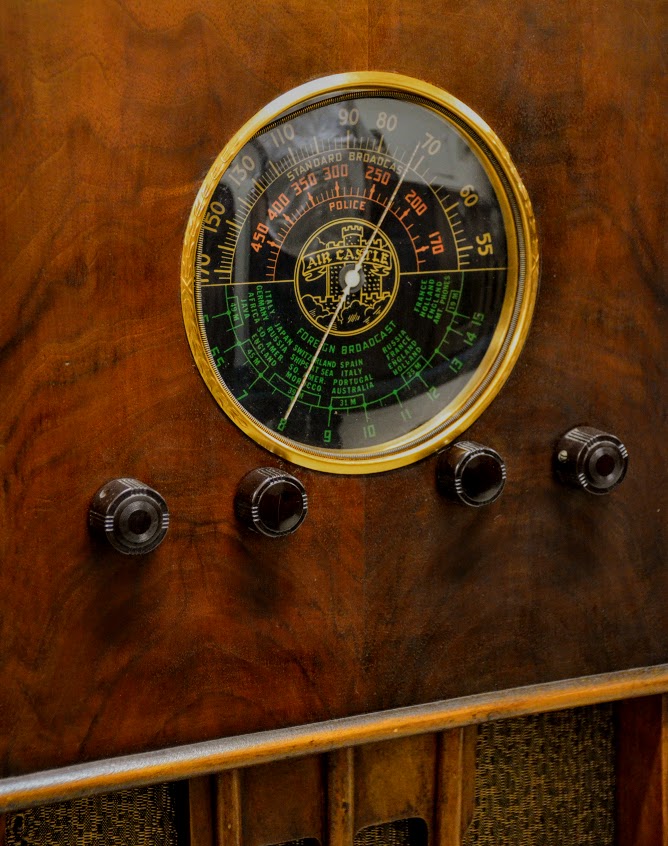 This week, the BBC World Service celebrated 90 years. Enjoy these two programs from the BBC World Service chock-full of history and nostalgia:
This week, the BBC World Service celebrated 90 years. Enjoy these two programs from the BBC World Service chock-full of history and nostalgia:
The World Service is 90: The Documentary Podcast
For 90 years the BBC World Service has been broadcasting in dozens of languages to audiences so huge they are counted in the tens of millions all over the globe. World Service began transmitting on 19 December 1932. It was called the BBC Empire Service, speaking in slow English via crackly short-wave radio to a now-vanished Empire which then ruled a fifth of the globe.
The Second World War saw radio services expand massively, broadcasting in more than 40 languages to listeners hungry for truth and facts they could trust. In every crisis and conflict since, individual voices out of the air have offered news, but also drama, music, education and sometimes hope to their audiences.
In a special 90th anniversary programme, the broadcaster Nick Rankin, who worked for more than 20 years at the BBC, digs into a treasure trove of sound archive and talks to journalists who made and still make the BBC World Service such a remarkable network.
Over to You: Celebrating 90 years of broadcasting to the world
This weekend sees the WS celebrates a significant birthday – it’s become a nonagenarian! For 90 years it has been broadcasting in dozens of languages to audiences counted in the tens of millions all over the globe. We hear your memories of your listening experience and what the service means to you.
Presenter: Rajan Datar
Producer: Howard Shannon
A Whistledown production for the BBC World Service
The Guardian: “Hundreds of jobs to go as BBC announces World Service cutbacks”
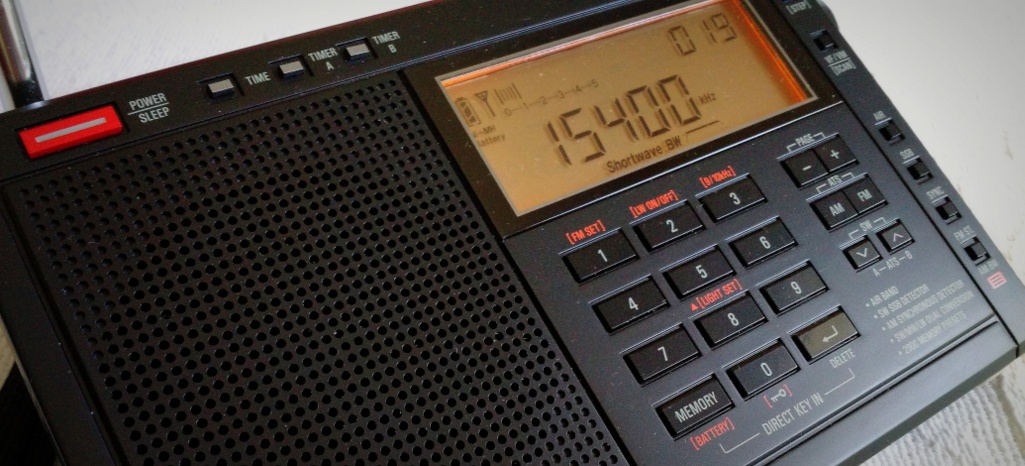 (Source: The Guardian via Mark Hirst)
(Source: The Guardian via Mark Hirst)
Hundreds of jobs to go as BBC announces World Service cutbacks
Corporation to end production of radio output in 10 languages, including Chinese, Hindi and Arabic, as it blames licence fee freeze
The BBC has announced deep cuts to its World Service output that will result in the loss of hundreds of jobs, saying it has been forced to act by the government’s ongoing licence fee freeze.
In a move that could weaken the UK’s soft power around the world, the corporation will stop producing radio output in 10 languages, including Chinese, Hindi, and Arabic.
BBC Persian will end its audio broadcasts aimed at Iran, with the announcement coming at a time when widespread protests are taking place in the country.
There will also be a change in focus of the World Service’s English-language radio output, with more time dedicated to live news and sports programming at the expense of standalone programmes.
About 382 jobs will be lost as a result of the proposals, which the BBC said was required to make £28.5m of annual savings. The broadcaster blamed years of below-inflation licence fee freezes imposed by the government, in addition to the rapidly increasing cost of producing programmes because of the state of the economy.
Philippa Childs of the broadcasting union Bectu said she recognised the BBC needed to adapt to the digital era but that the government’s licence fee freeze has “potential ramifications for the BBC’s reputation globally”.
The World Service was traditionally funded directly by the government and was seen as a soft power tool that provided British news and information to hundreds of millions of people around the globe. This money largely dried up as part of George Osborne’s austerity measures in 2010, when the bill for World Service operations was loaded on to domestic licence fee payers.
Since then the BBC has had to go cap-in-hand to the government to seek extra funding to support specific World Service projects, with ministers providing around £400m in additional cash since 2016. However, there are doubts about how long these deals will continue. Earlier this year the BBC had to ask ministers for an emergency £4m to keep its operations in Ukraine and Russia on air. [Continue reading at The Guardian…]

